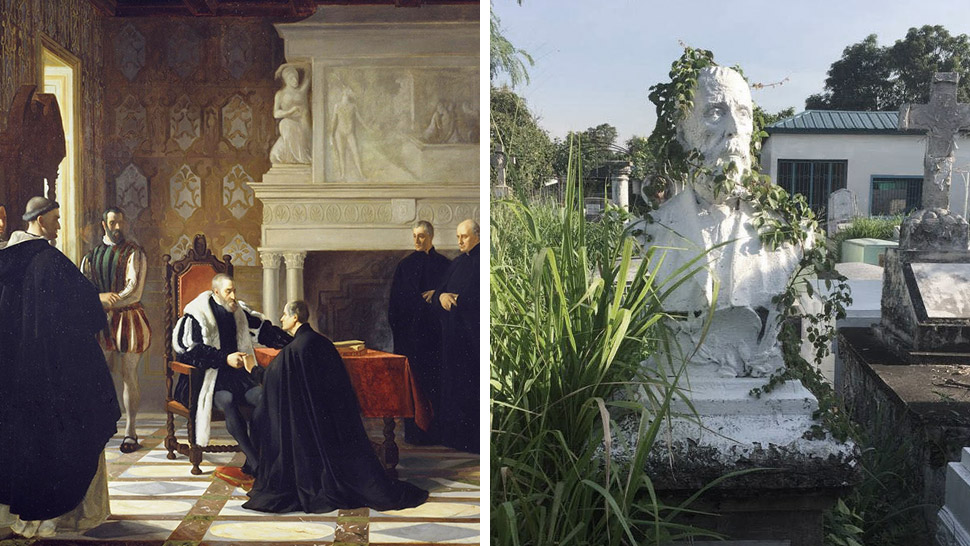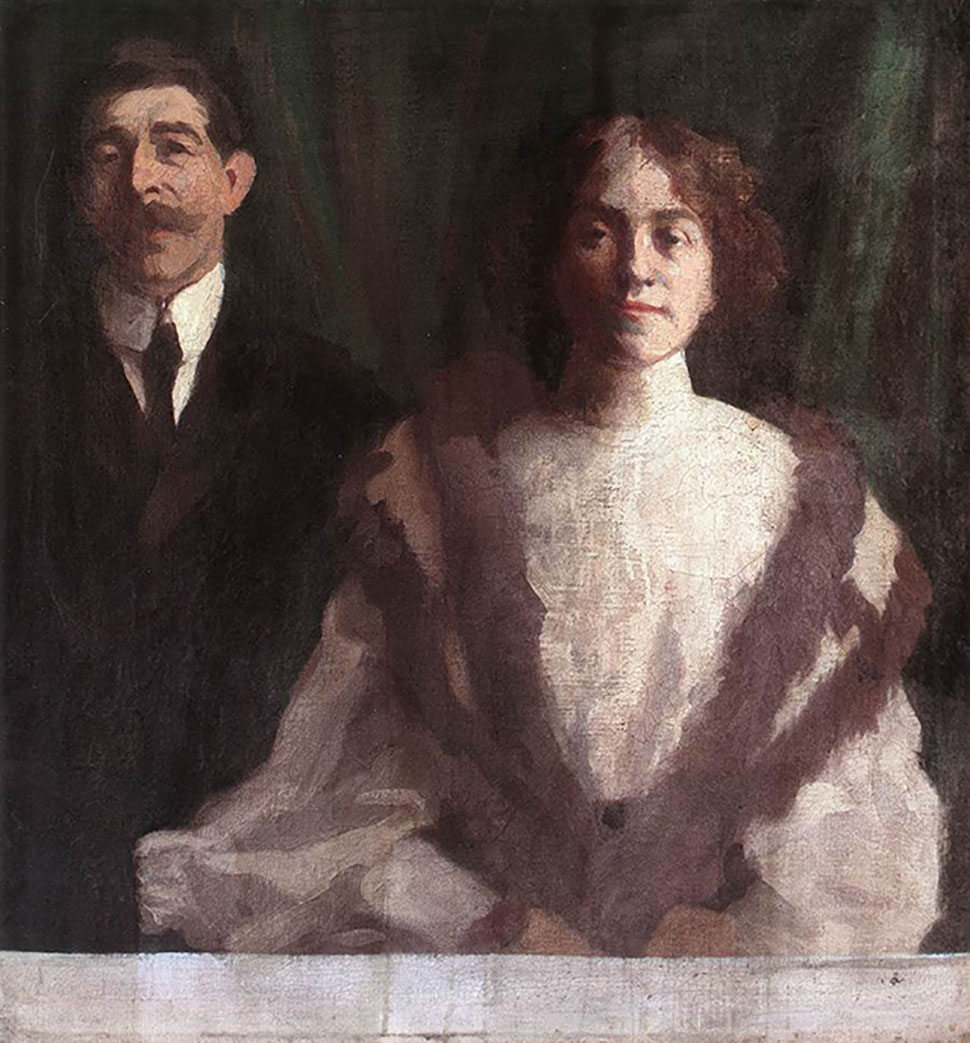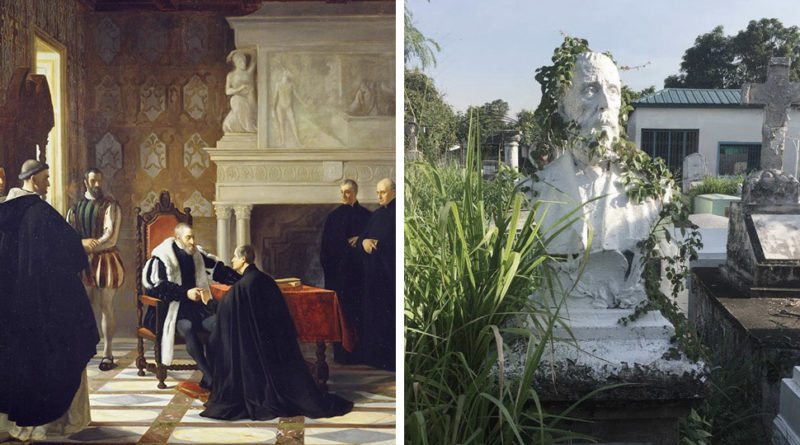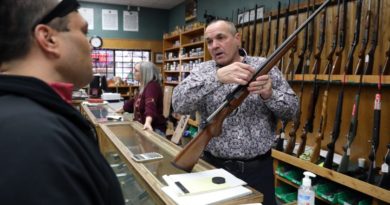Art-History | Long Lost Grave of 19th Century Master Painter Discovered in the Philippines Through Facebook
IMAGE WIKIMEDIA COMMONS/ FACEBOOK @Ronaldo Samson Adoptante
.
The Spanish painter’s descendants, who are now based in Budapest, found the Facebook post.

When Mark Zuckerberg and his co-founders established Facebook, their primary goal was to solve a communication gap in 2004. “You know, I was just trying to help connect people at colleges and a few schools,” he said in an interview with CNBC last year. Facebook would go further than just maintain friendships among college students. In 2017, a Facebook connection helped solved the mystery of a deceased master painter’s whereabouts. Just like that, history was re-written for the art community in Spain and the family of one Joaquín María Herrer y Rodriguez.
Ads by:
Memento Maxima Digital Marketing
@[email protected]
SPACE RESERVE FOR ADVERTISEMENT
.
On November 4, 2014, a member of Facebook group Manila Nostalgia shared a photo of a dilapidated grave marker. Underneath the stone bust of a man with European features read his fate: Joaquín María Herrer: pintor y professor de la Escuela de Bellas Artes de Manila (painter and professor at the Bellas Artes school of Manila), born in Madrid on 1838 and died in Manila on 1917.
Herrer might not have been a prominent name in Filipino art, but he was recognized in his homeland as a master and an award-winning painter and instructor. He was widely known for his landscape paintings and trained under Carlos Mugica and Federico de Madrazo. His works were exhibited as far as the Exposicion universal in Panama.
Ads by:
Memento Maxima Digital Marketing
@[email protected]
SPACE RESERVE FOR ADVERTISEMENT
According to the Filipinas Heritage Library, he arrived on Philippine shores between 1893 to 1895 to teach at the Escuela Superior de Pintura Grabado then later at the School of Fine Arts of the University of the Philippines. Among his students was National Artist Fernando Amorsolo. We also learn from his biography that the bust on his grave at the La Loma Cemetery was made by Vicente Francisco, and was a tribute from his many admirers.
Ads by:
Memento Maxima Digital Marketing
@[email protected]
SPACE RESERVE FOR ADVERTISEMENT
.

The history enthusiasts of Manila Nostalgia were baffled by the artist’s grave, as it was noted that he died in Manila in 1917 when his profile under the Museo Nacional del Prado in Spain declares his death in 1892. (Upon recent research, the date of the artist’s death has since been revised on the new Museo del Prado website. We can only assume that it was amended after this discovery). A quick Google search of Herrer’s date of death will, as of writing, say “1892, Madrid.”
Some sleuthing led the history buffs to deduce that there was something amiss in what the Spanish government knew of Herrer’s whereabouts at the time of his death, as there was no record of him ever being in Manila.
Ads by:
Memento Maxima Digital Marketing
@[email protected]
SPACE RESERVE FOR ADVERTISEMENT
.
A Facebook user by the name of Ronaldo Samson Adoptante consolidated the information in one post. Adoptante deduced from the information provided that “[Herrer] arrived in Manila in 1893 and probably didn’t get the chance to go back to Europe until his death in 1917 so the Prado website assumed that he died in the year that he disappeared because no one knew he went to the Philippines.”
Adoptante plays a vital role in this story as he was the one who eventually led the descendants of Herrer to his burial place in Caloocan City.
In the desire for clarification, Adoptante left a message on the Prado Museum website, detailing how Herrer’s remains were found in Manila. Three to four months after, he received a message from a man named Jozsef Palfalvi from Budapest, Hungary:
Ads by:
Memento Maxima Digital Marketing
@[email protected]
SPACE RESERVE FOR ADVERTISEMENT
.
Dear Mister Adoptante,
We are the relatives from the family of Joaquin Maria Herrer y Rodriguez in Hungary. My cousin is going to Manila end of February [2017], and he would like to look for the tomb of the great-great grandfather. Could you give us some assistance.
Thank you in advance.
Herrer had a son named César María Herrer y Marcher, a prominent landscape artist who followed in his father’s footsteps and trained alongside him. The younger Herrer wed a Hungarian woman and relocated to Budapest, where he taught art. It turns out that Palfalvi was the husband of Krisztina Herrer y Marcher, a great-granddaughter of Joaquín Herrer through César.

Fortunately, Adoptante, who is based in London, was visiting Manila at the same time as Balazs Juhazs, the son of Krisztina’s twin sister Katalin. Adoptante met with Herrer’s descendant and took him to his burial place in La Loma.
Adoptante concluded his post by sharing how when he went to tour Budapest in November 2017, he met with Palfalvi, who took him to the family home where Joaquin’s son’s paintings were displayed on the walls. The only artwork that the family has in their possession is a portrait of Joaquin’s wife Maria Angeles Marcher, which his son took with him when he made the move from Spain to Budapest.
This story originally appeared on Townandcountry.ph.
* Minor edits have been made by the Esquiremag.ph editors.

Ads by:
Memento Maxima Digital Marketing
@[email protected]
SPACE RESERVE FOR ADVERTISEMENT










